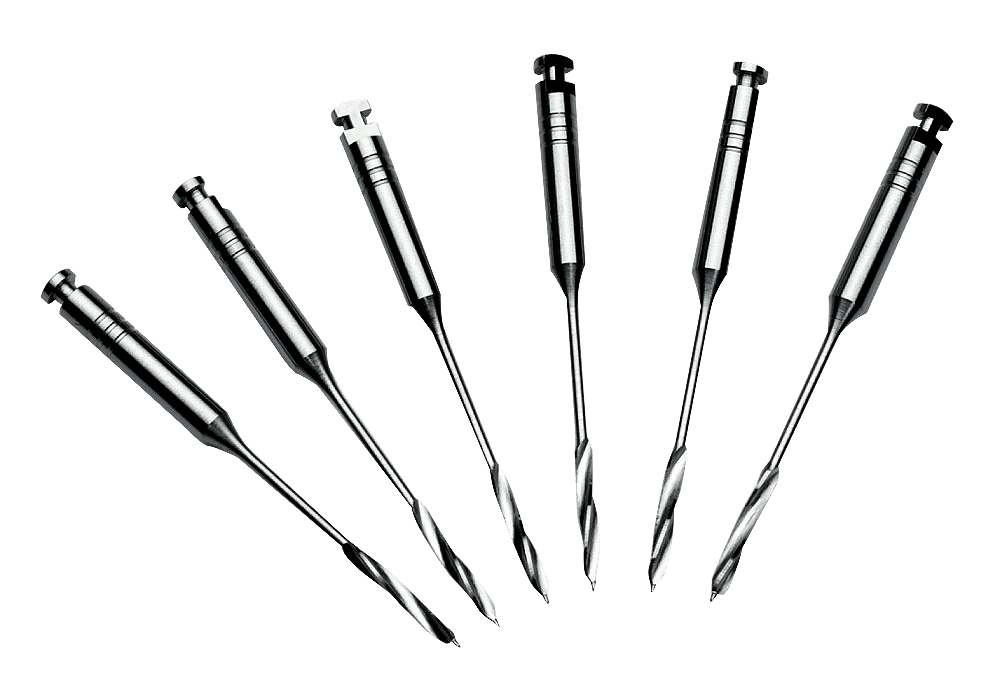Difference between Reaming and Boring:
The Main Difference between Reaming and Boring are explained as follows:
When deciding whether to use a reamer or a boring tool, it is important to understand the difference between the two and know which one will produce the desired results. With the right tools and proper technique, you can achieve clean, precise holes in any material.
While reaming or boring can both apply to objects or tunnels that penetrate an object.
Reaming and boring are two processes involved in the making of holes. Although many people use these words interchangeably, they refer to different procedures and their differences lie in what is done during the drilling process.
Reaming is a drilling process that uses a single-point cutting tool, called a “reamer”. A good example of this would be the hole you drilled in your wall for your new cable outlet.
Boring is the process of using rotational cutting action to enlarge or finish parts to size, so they are suitable for use in intended applications such as machining, shaping, and drilling.
In general, boring is used to enlarge or clean up the hole, while reaming is used to make the hole precise in size and shape.
Reaming is a process that requires less pressure than boring.
Reaming is more preferable for delicate parts of machinery such as gauge blocks or vials.
The difference between reaming and boring is that the drill bit used for the latter is slightly shorter.
Boring tools are available in different sizes, shapes, and configurations depending on their intended use, which would include spotting or counterboring. The necessary tools will vary based on the project requirements so you should always verify if you need a spotter or a counterbore.
The use of either process will depend on the material that is being drilled and on the desired outcome. For example, brass can be easily bored but not reamed, while steel can be reamed but not bored.
Boring makes no allowance for the size or alignment of the existing hole. It is used for enlarging holes, but unlike Reaming, it produces no element of shaped configuration.
Reaming is used to maintain or deepen a hole whereas boring is used to create a new hole.
A boring tool will enlarge the top but leave the bottom unchanged, where reamers can both enlarge different parts of it at different rates through the use of varying degrees on its pipe thread screw.
Reaming produces a smoother borehole of better quality.
Reamers are designed to use rotating forces, so they can be used in either a right-hand or left-hand direction. Boring tools are designed to use axial forces, so they can only be used in the correct hand direction.
Reaming minimizes changes in subsurface properties by lessening the formation pressure drop (average pore pressure head) along the cutting path with increased capacity (force per unit area). Conversely, deep borehole drilling produces an excavation that may result in subsurface porosity reduction and increased subsurface shear strength due to decreased confining stress.
If you’re looking to use just one term then “reaming” has more precision than “boring” and is thus the preferred option in some instances for drilling holes in hard surfaces like metal.
Boring removes material from the workpiece in amounts that can range up to its full depth and width. The boring tool rotates in a circular path and the cutting edges of the tool remove material from the hole.
Types of Boring Tools:
There are two types of boring tools: Single Point and Multi-Point
Single Point and Multi-Point:
The most common boring tools are single points. They have a cutting edge that is rounded off so that it can cut a circle. Multi-point boring tools have several pointed tips that allow them to cut several concentric circles at the same time. This type of tool can be used to produce a smooth surface on the inside of a hole.
Boring consists of two basic cuttings: Through-bore and Blind.
Through-bore boring is cutting a larger diameter hole that goes all the way through an object; in other words, the cutter is ‘stepped’ about the workpiece. For example, you could bore a hole completely through your wall to make room for an electrical outlet inside the wall.
Blind boring is cutting a larger diameter hole that doesn’t go all the way through an object; for example, it may be used when only one end of a workpiece is accessible. You can think of it as cutting a ‘blind’ hole in the workpiece.
There are many types of Reamers, The most common are listed below:
Outside, or end-cutting reamers are used for enlarging the inside diameter of a hole made with another tool, such as a drill. Reaming is usually done using an arbor press, hydraulic press, bench vise, or drill press.
Multi-spiral reamers have teeth cut around their circumference in helical grooves. These teeth act as the blades of a screw thread and tend to lift out any chips ahead of them. The multi-spiral reamer is also self-centering.



